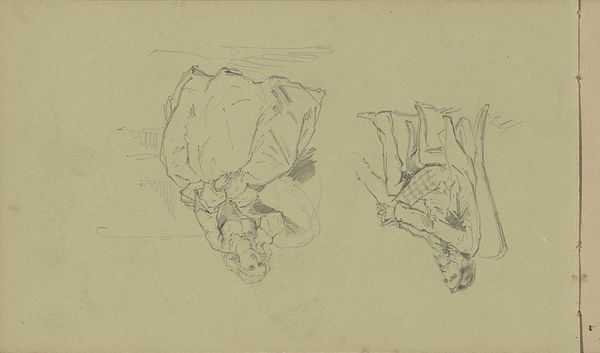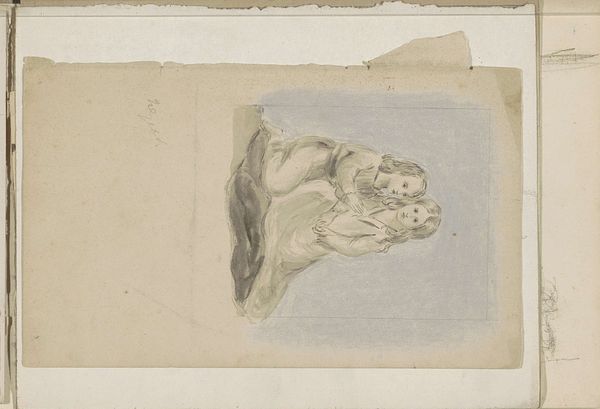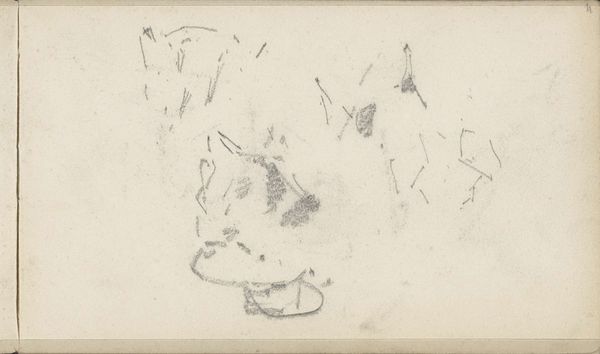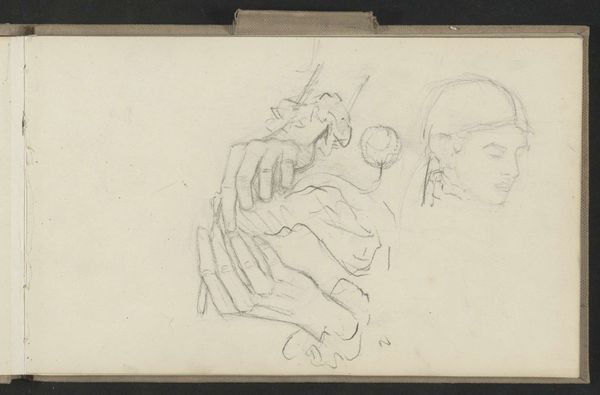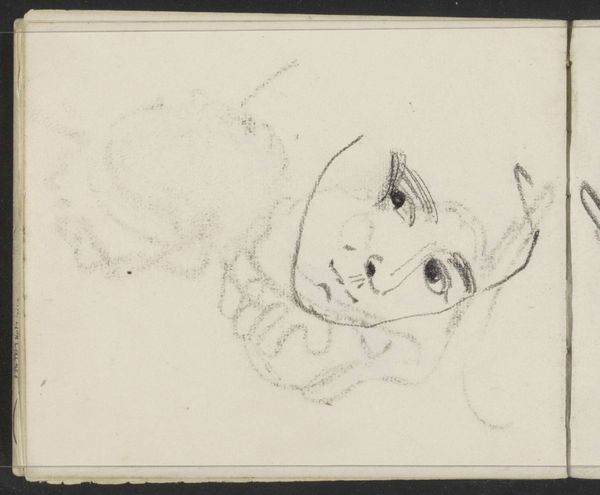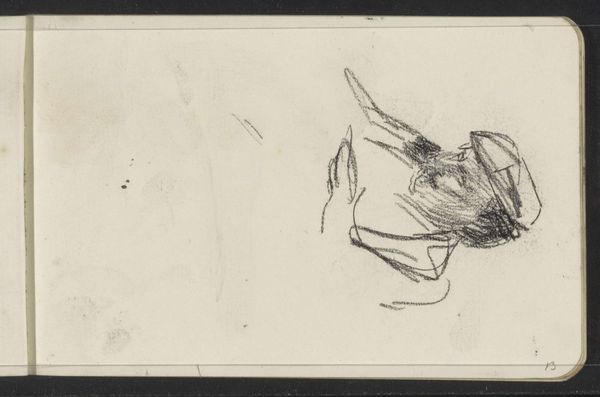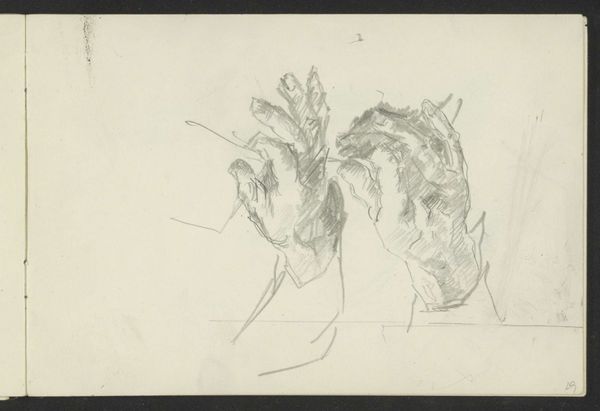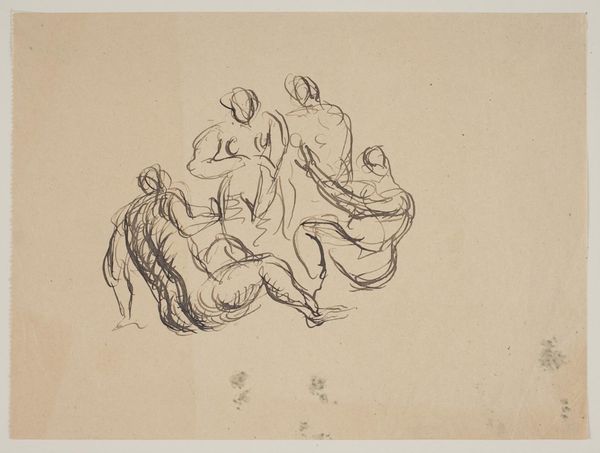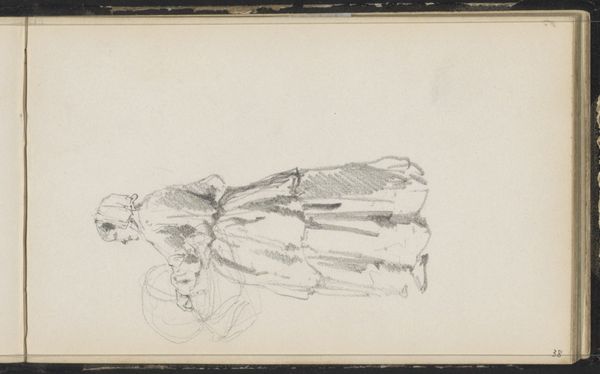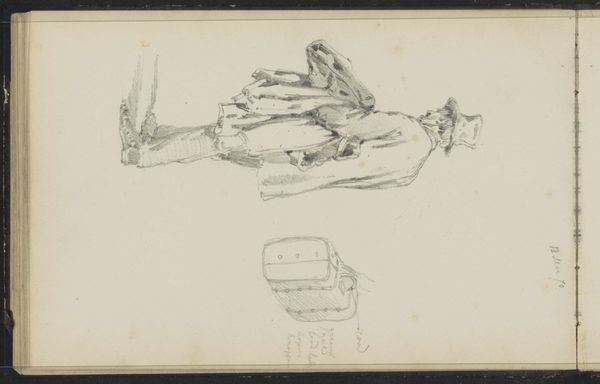
drawing, paper, pencil, graphite
#
portrait
#
drawing
#
pen sketch
#
paper
#
pencil
#
graphite
Copyright: Rijks Museum: Open Domain
Cornelis Springer made this drawing, titled Figuurstudies, using graphite. During the 19th century, the Dutch art world was deeply intertwined with national identity. Artists like Springer found themselves navigating between tradition and modernization, reflecting on the cultural values of the time. Looking at the image, we see a study of figures. This kind of artistic endeavor can tell us about academic training and the hierarchies of genre, as well as the institutional history of art education during that period. Was Springer critiquing those institutions, or embracing them? The Dutch art world, like others in Europe, was shaped by academies, museums, and patronage systems that supported certain kinds of art. These systems often dictated the subjects deemed worthy of artistic representation. To understand this work fully, we need to delve into archives, artists' biographies, and exhibition records, which can shed light on Springer’s position within the complex cultural landscape of 19th-century Netherlands.
Comments
No comments
Be the first to comment and join the conversation on the ultimate creative platform.
